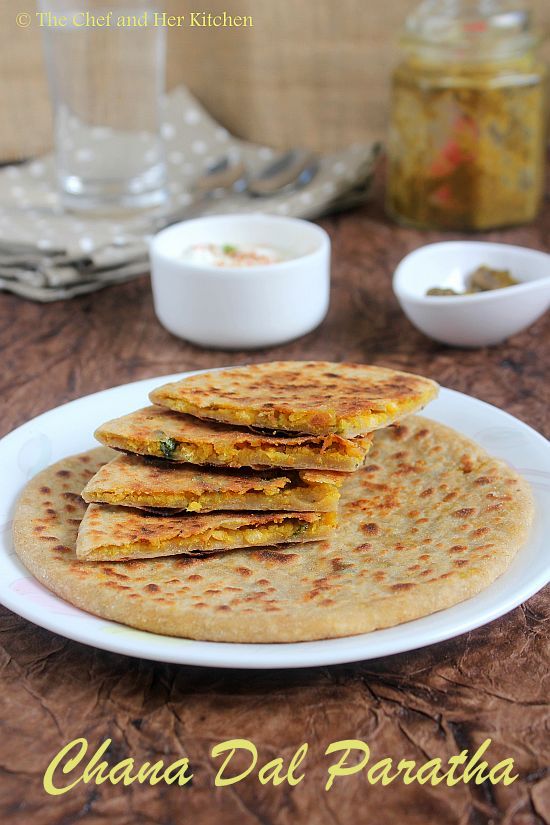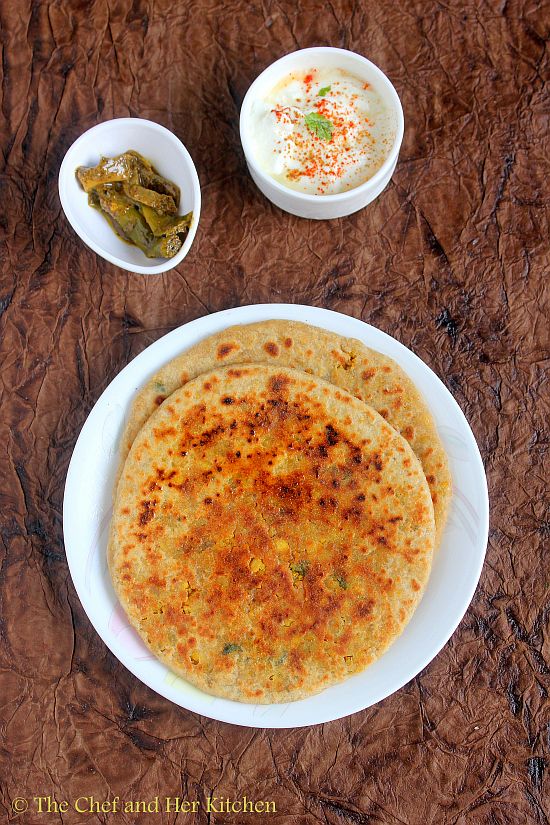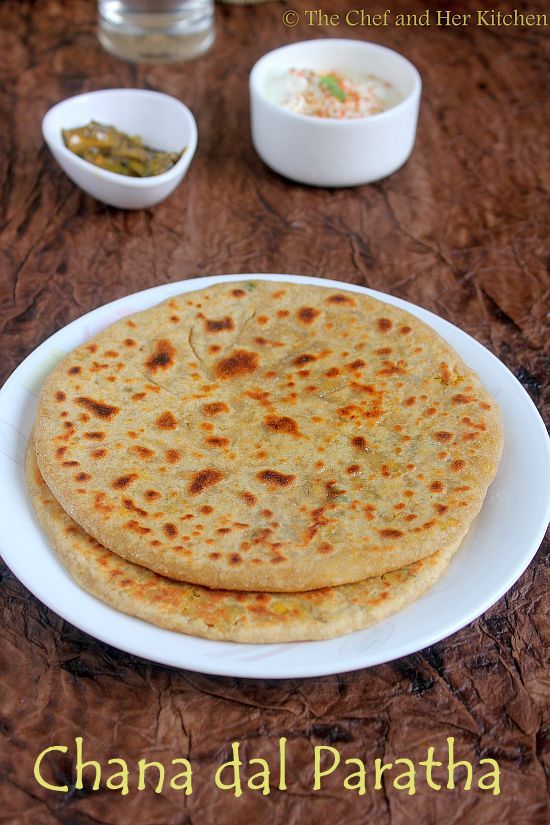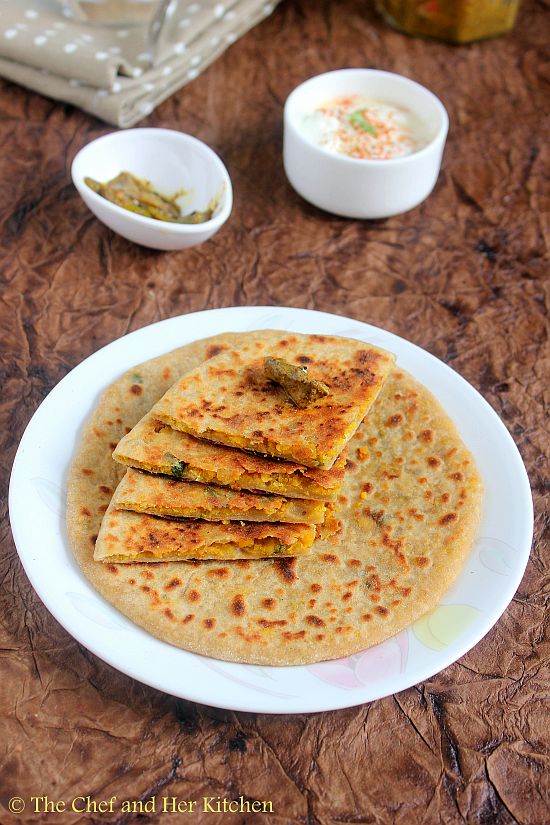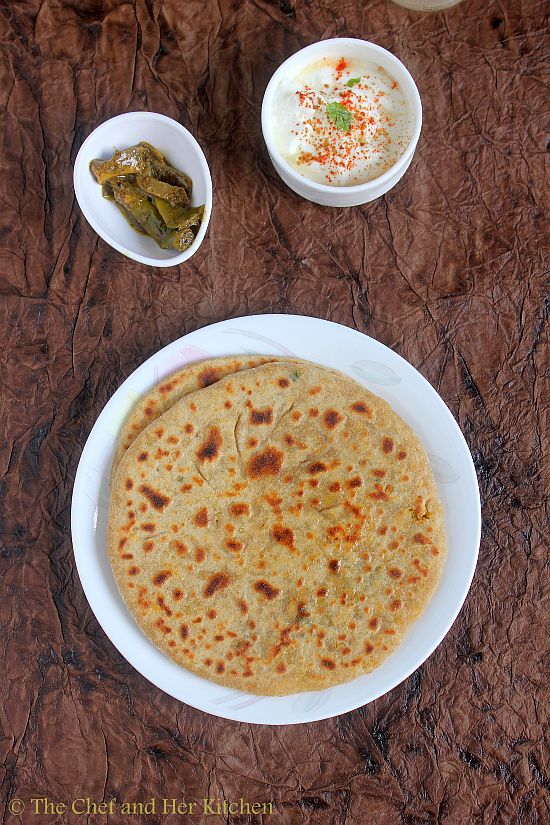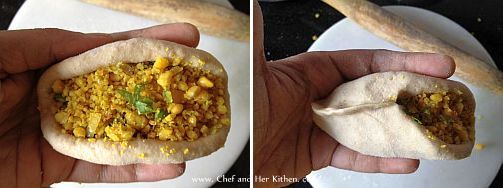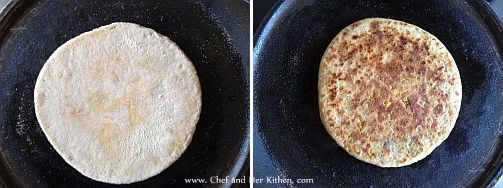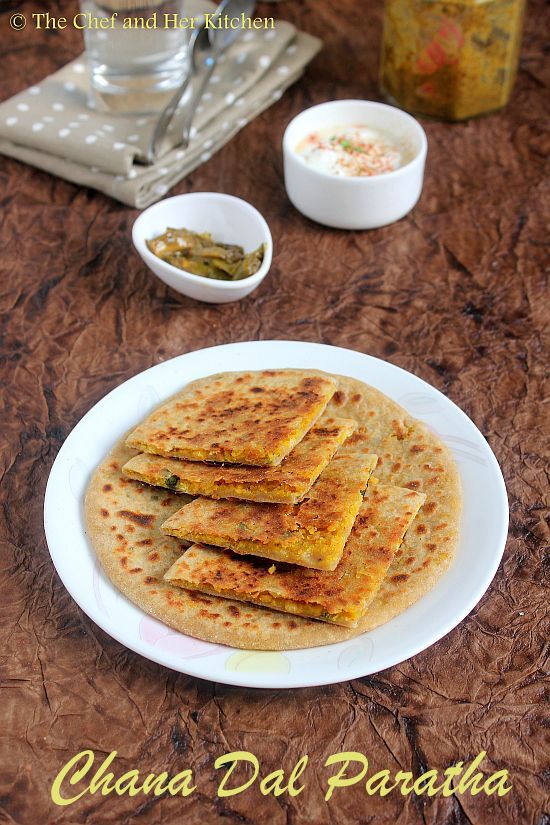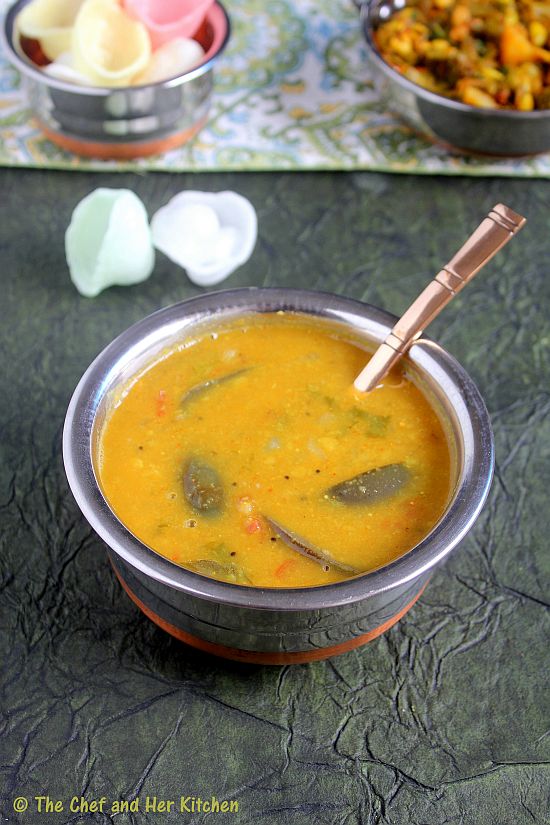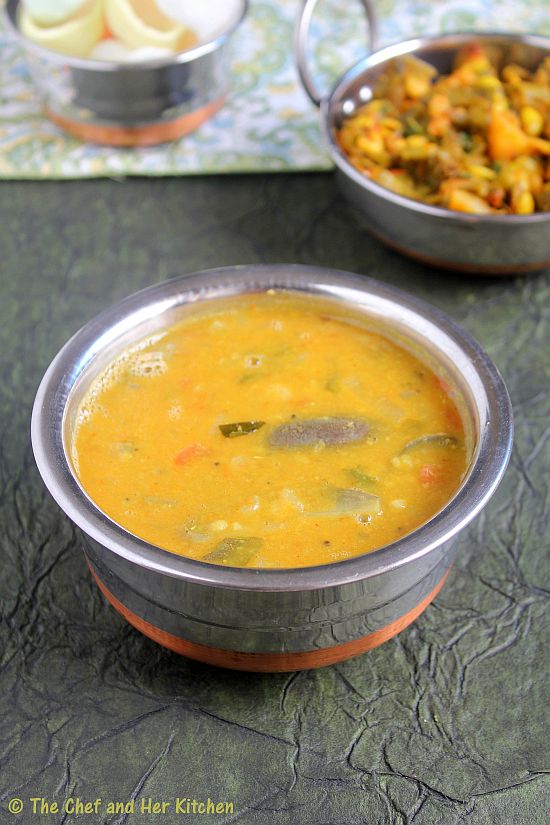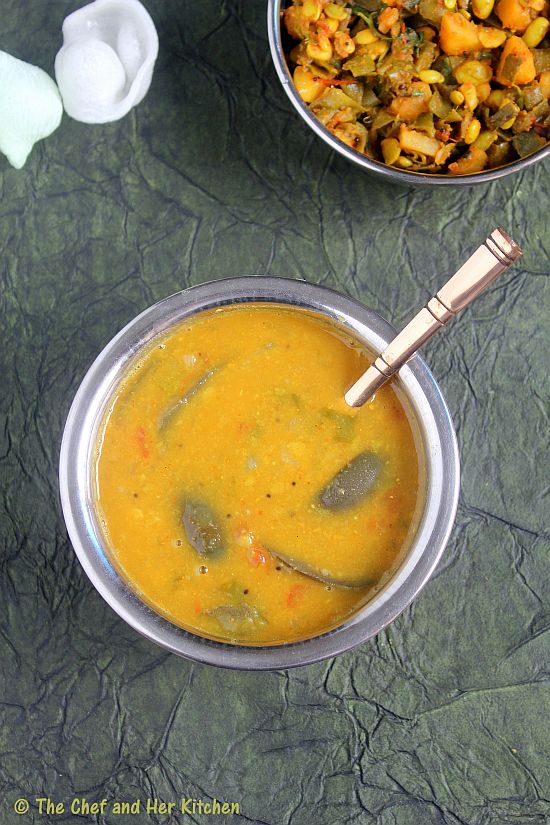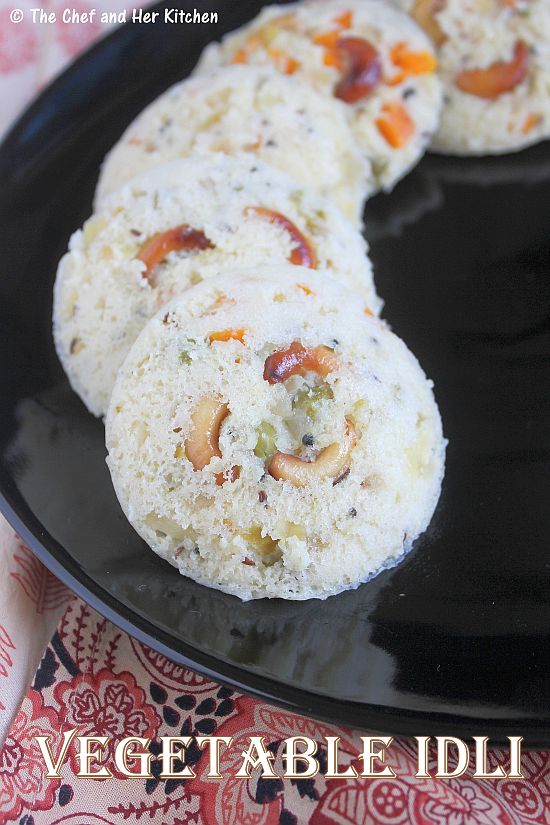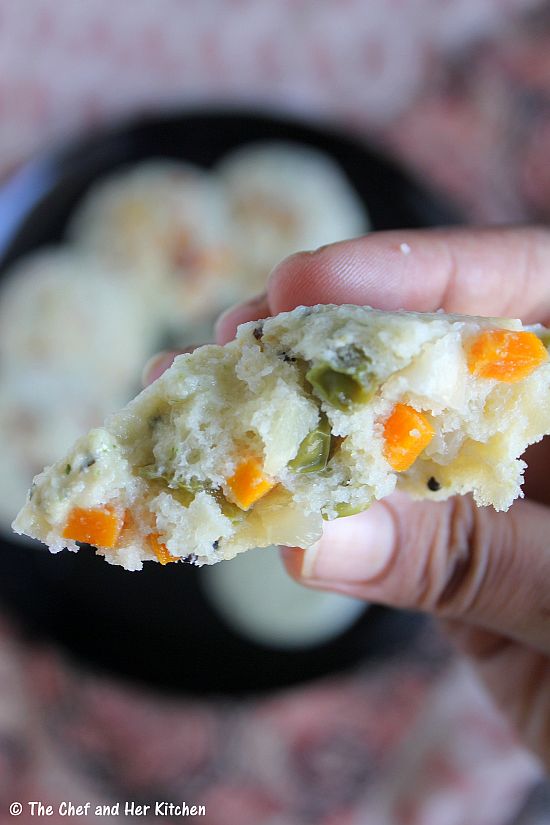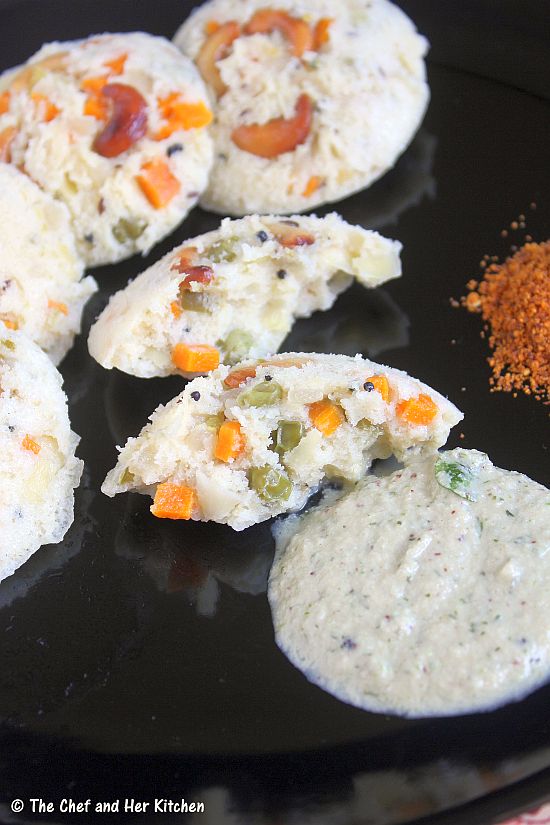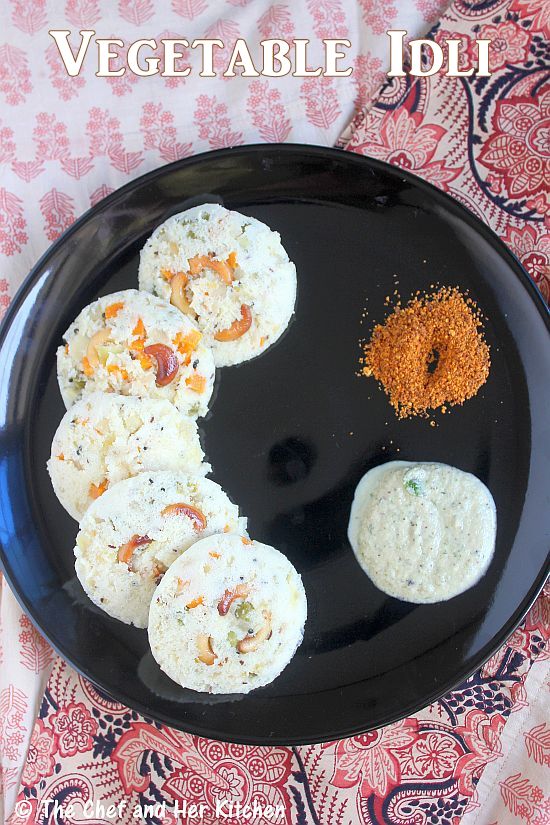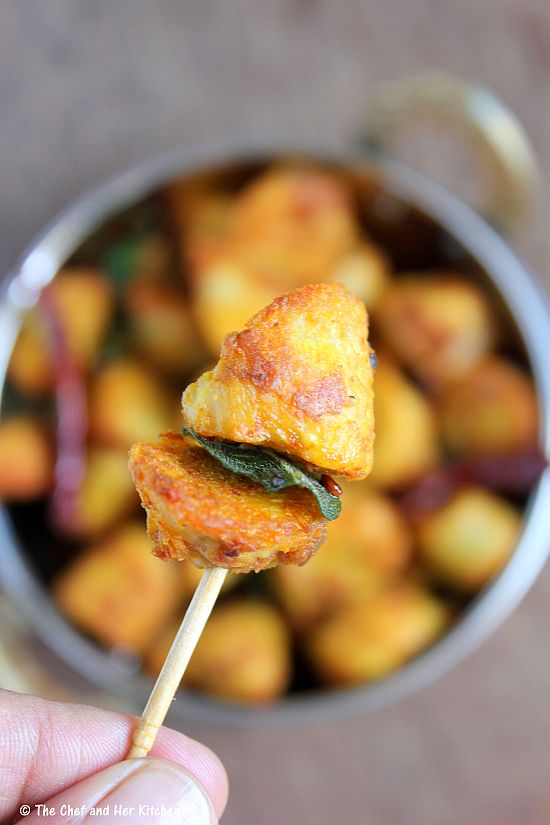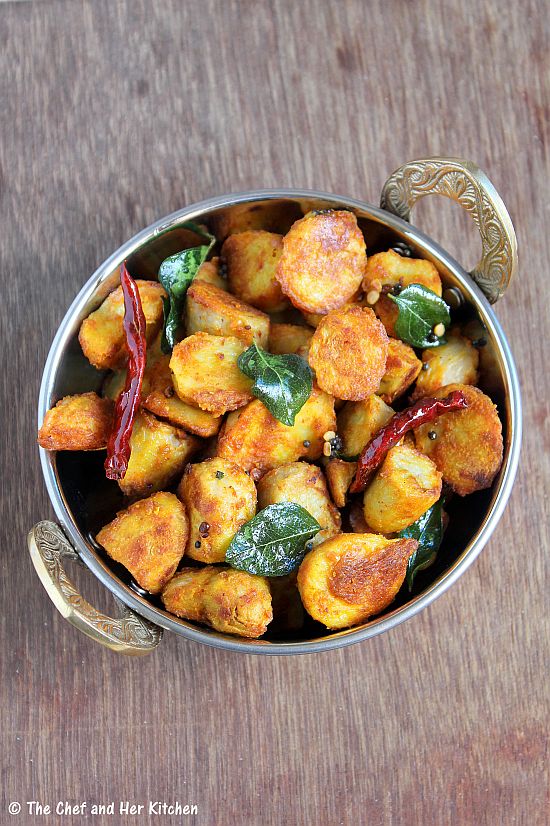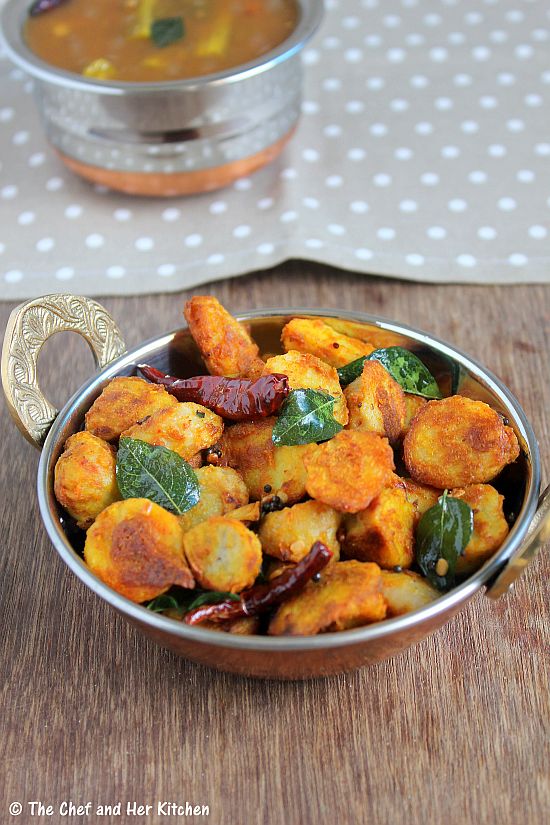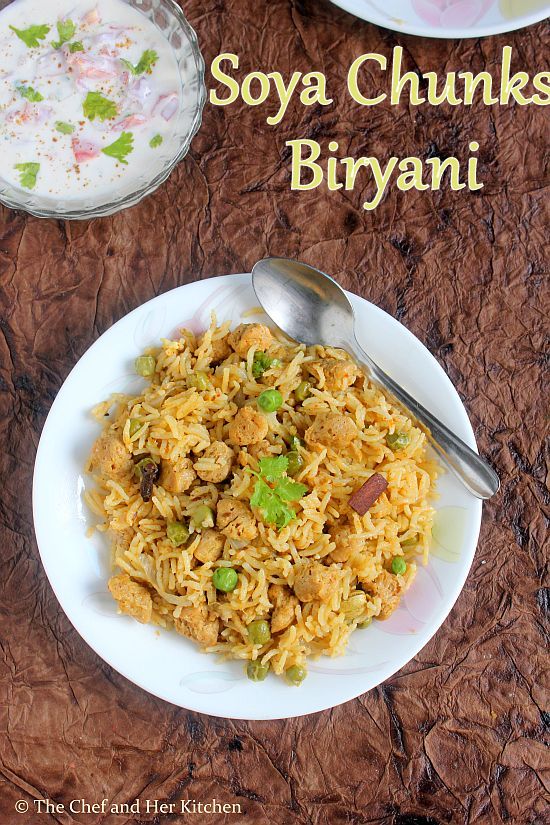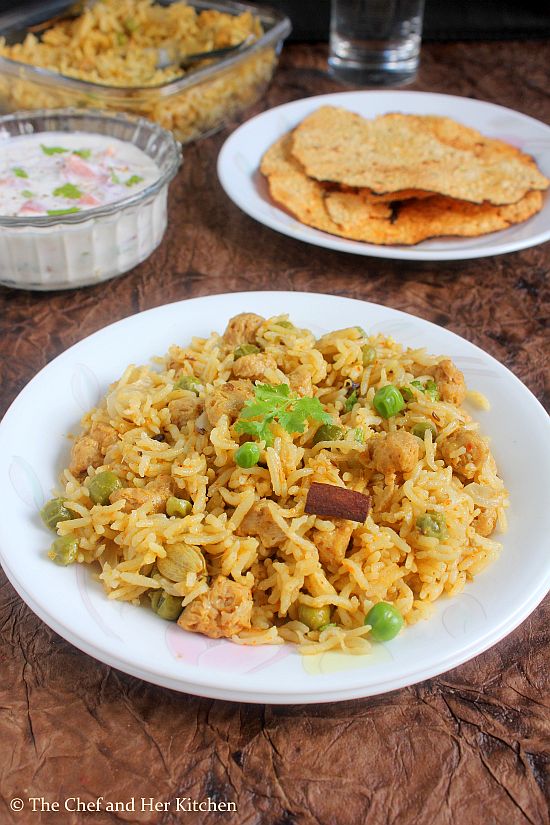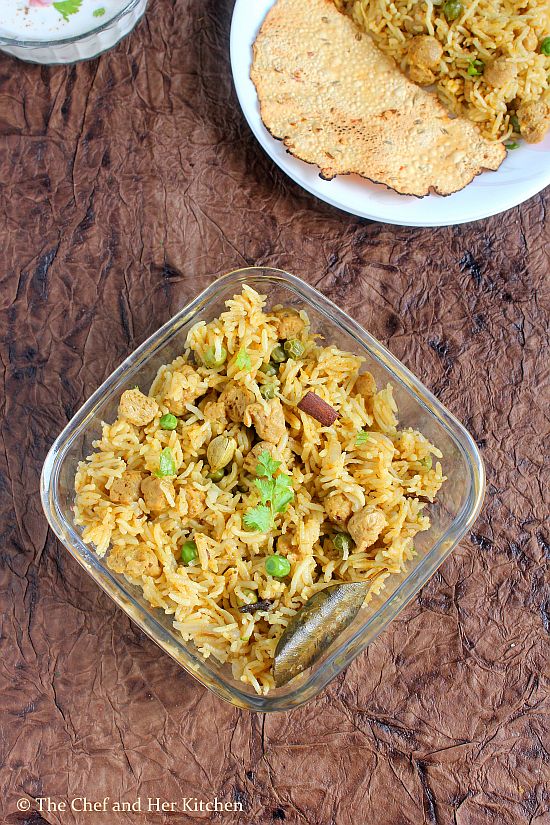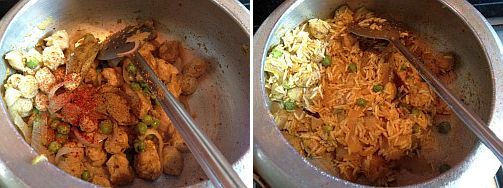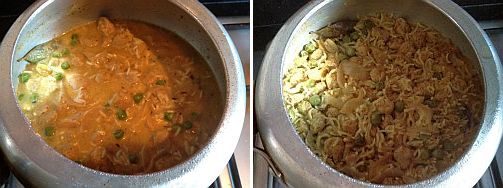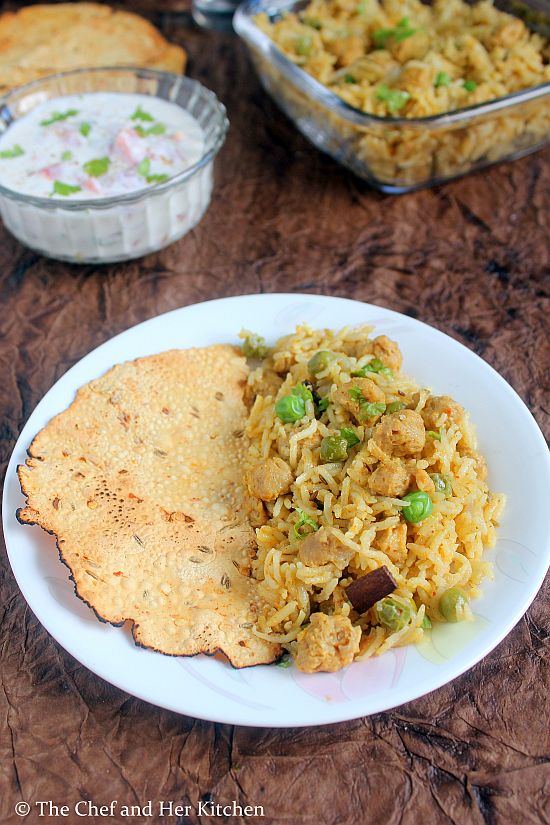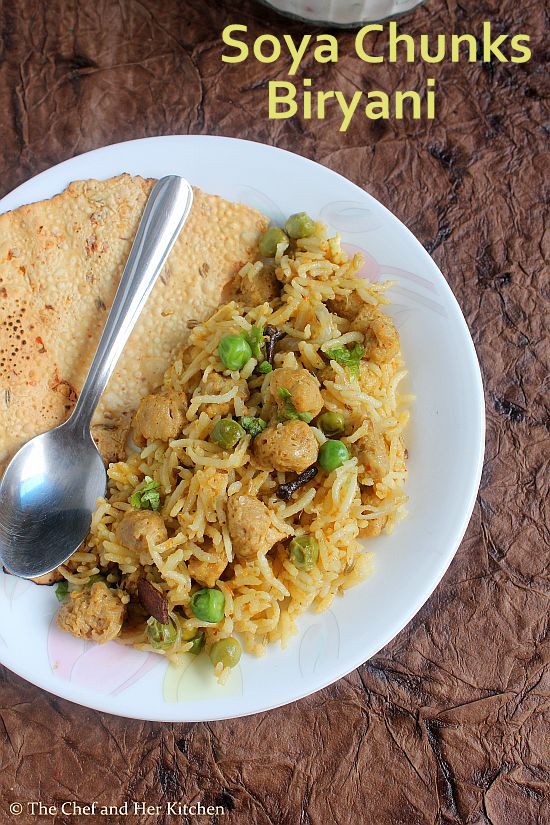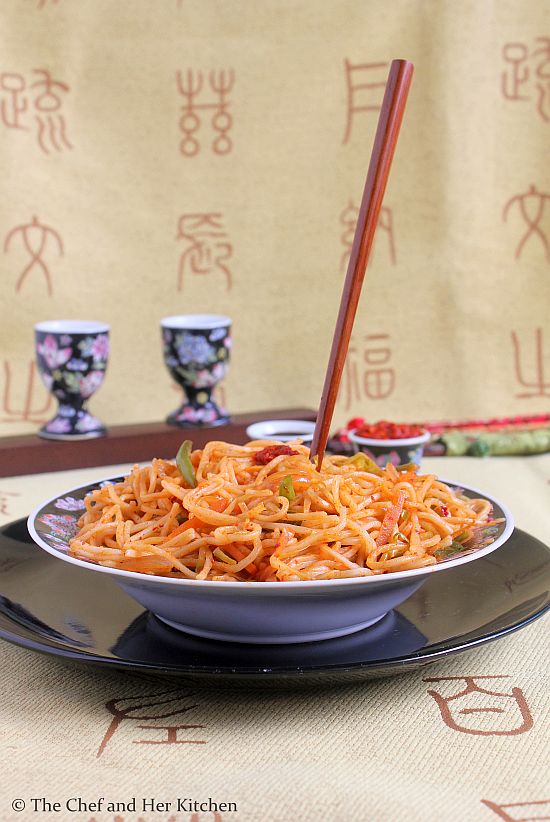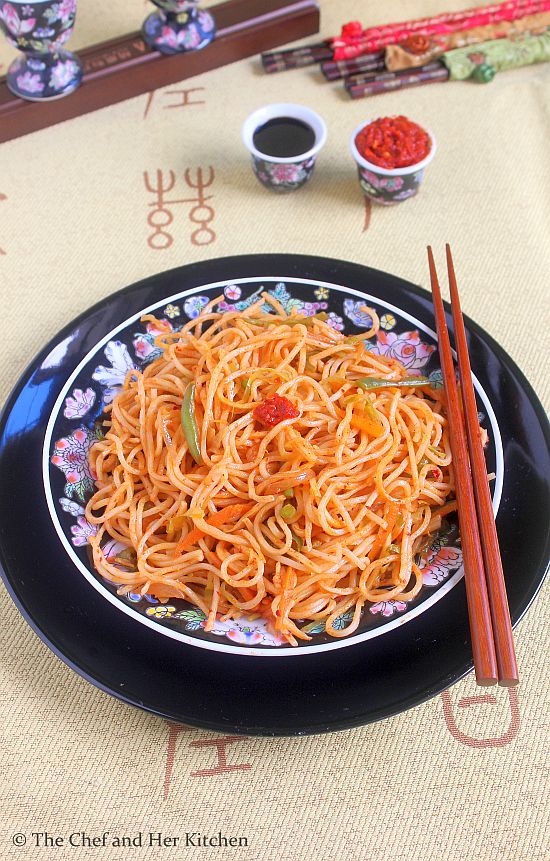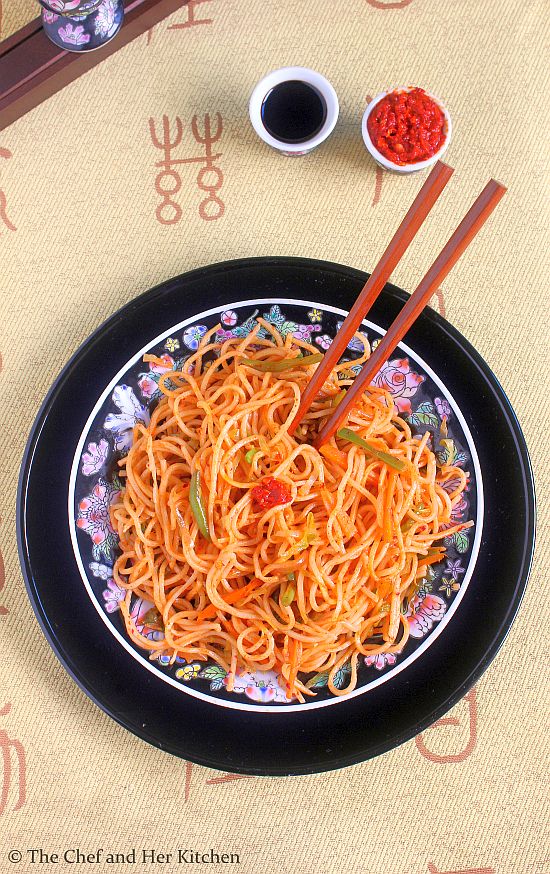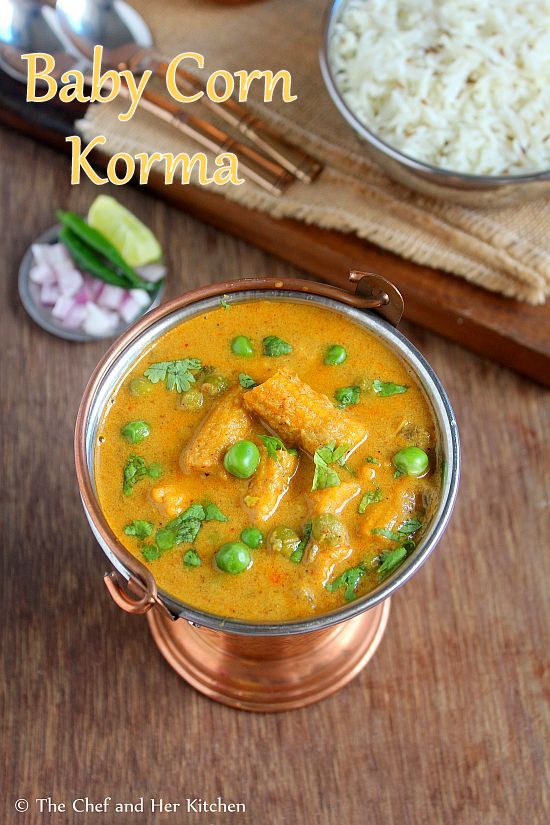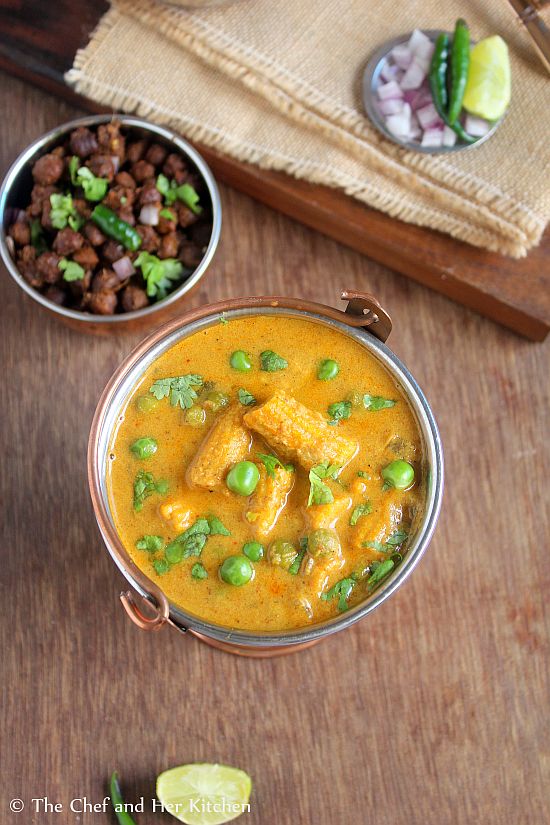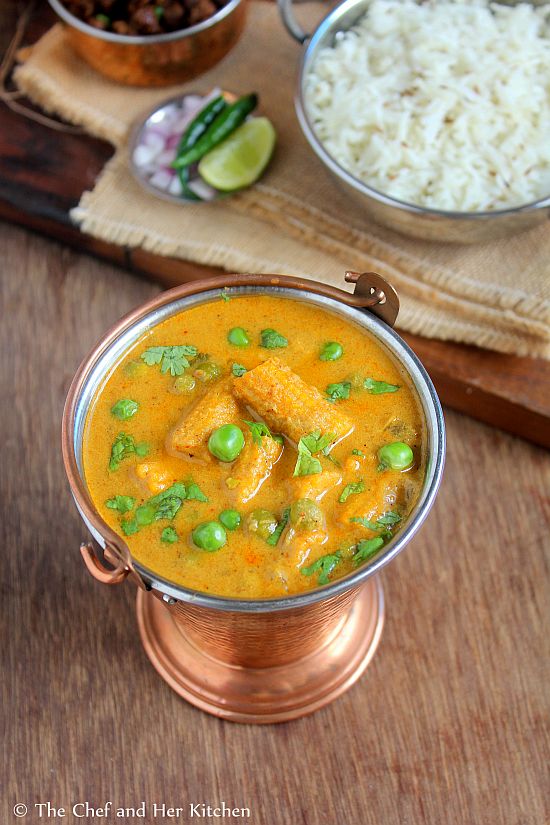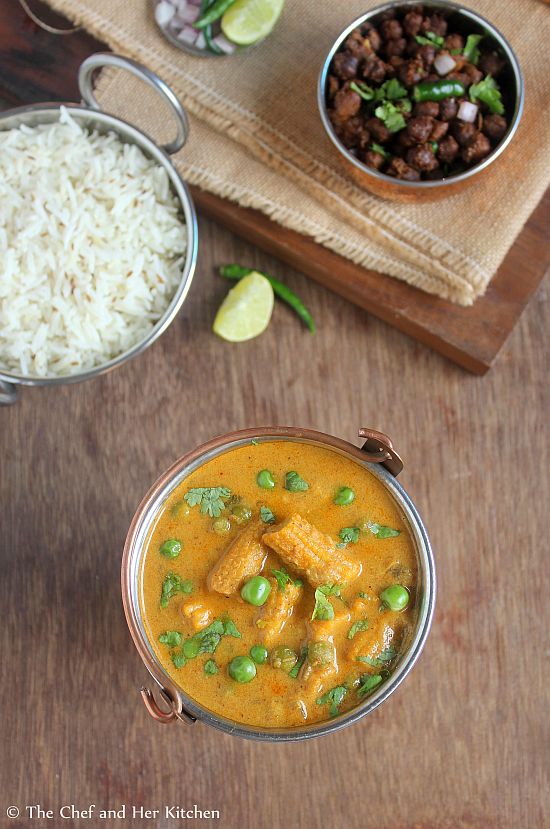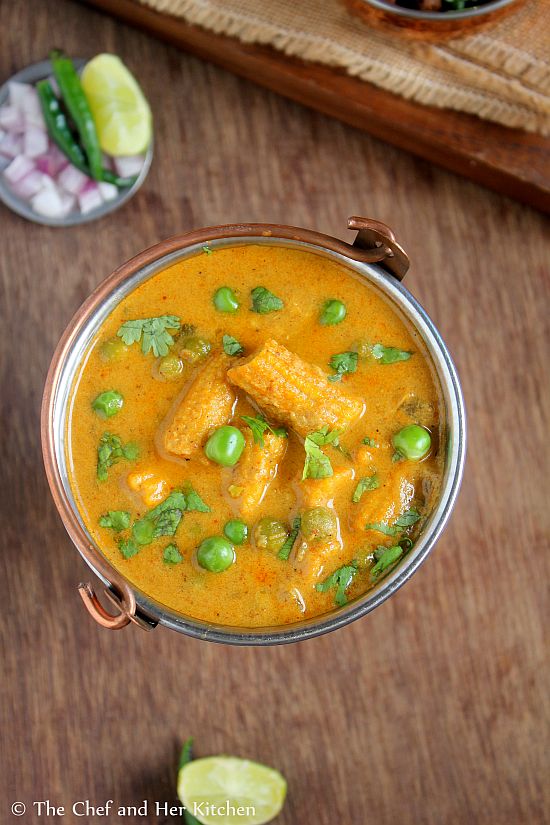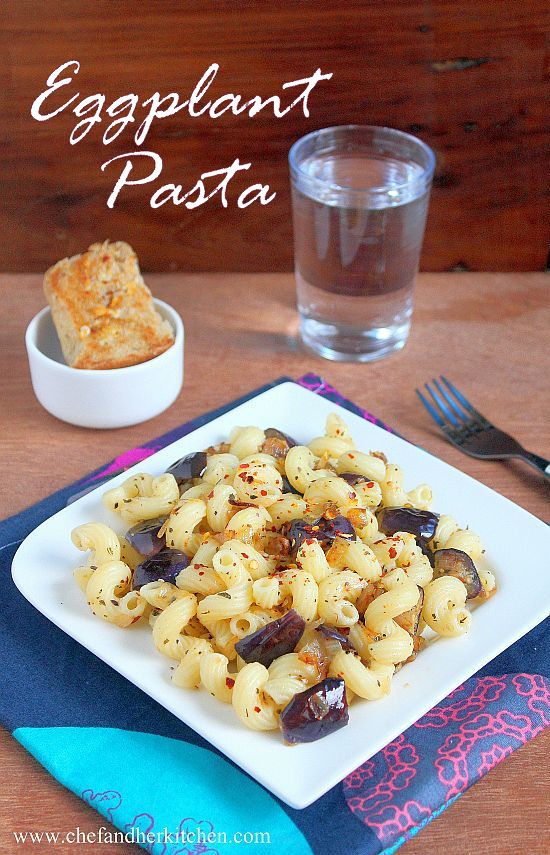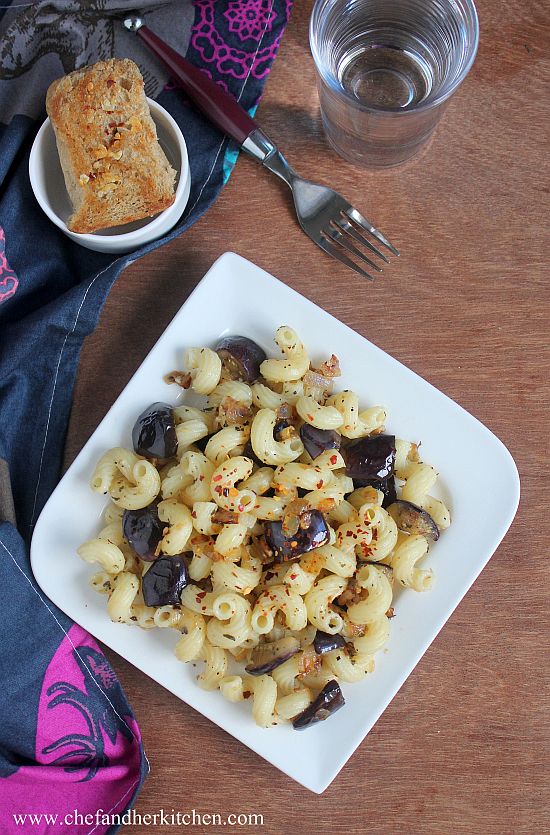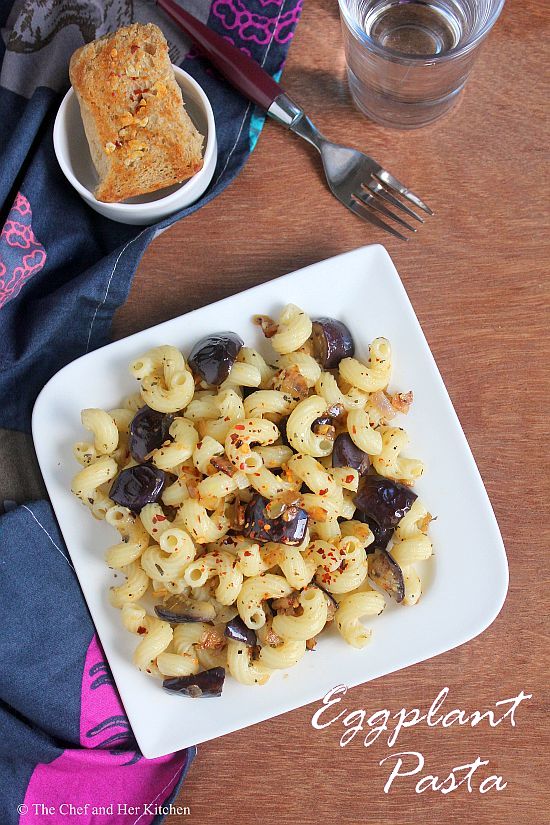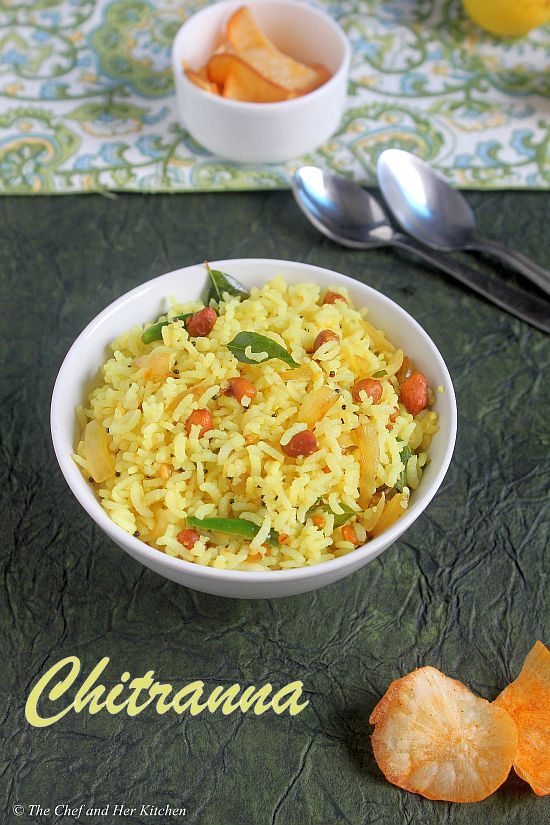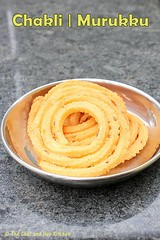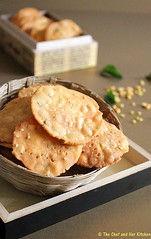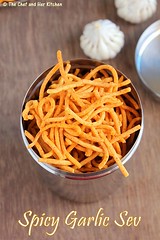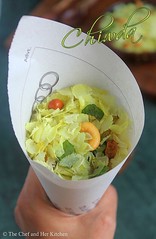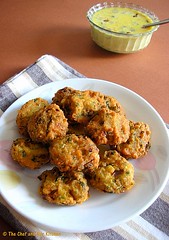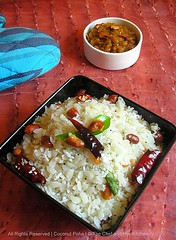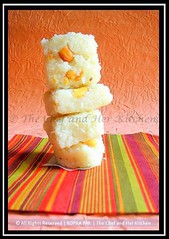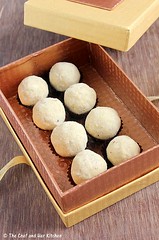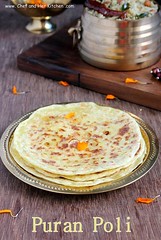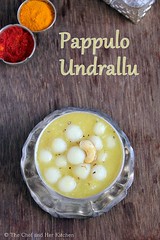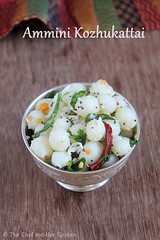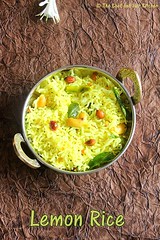We usually prefer parathas for dinner and I started preparing extra filling so that I can have the same for lunch the next day and also can make it into a post if possible. The idea is not bad right?? At last I am able to share few paratha recipes in my space.
The filling options for Parathas are very versatile ranging from regular vegetables, greens to dals and pulses or dairy products like paneer and tofu or soya granules, the options and flavors are endless. I usually prepare parathas at least once a week and each time I prepare a new filling variation so that we would not get bored of it. Dal fillings come handy if you do not have vegetables or you want to prepare something different from the usual vegetable parathas.There are few variations in dal parathas like one can use the whole dal while making paratha or the cooked dal mixed with the flour or a stuffing like the usual stuffed paratha. Today I am sharing a Stuffed Dal paratha version and would like to share the other versions some time later.
Dal based stuffed parathas are protein packed and hence can be served as a meal.I usually prepare fillings with various dals and pulses like moong dal, chana dal, rajma and chole. These dal stuffed parathas are very filling and hence a couple of them is enough for lunch or dinner.
If you are interested to check other paratha recipes - check them here.
If you are interested to check other paratha recipes - check them here.
Yields 6-7 Parathas
Prep time: 15 mins | Cooking time:30 mins | Total time: 45 mins + soaking time
Cuisine: North Indian | Category: Parathas/Flat Breads - Main Course
Ingredients:
for dough:
1 1/2 cups Wheat flour
Salt to taste
2 tsp Oil
Water,to mix
for filling:
1 cup Chana dal,soaked for 3-4 hrs
1 medium Onion,finely chopped(optional)
3-4 Green chillies
3/4" Ginger
2 tbsp chopped Coriander
1 tsp Amchur(dried mango) powder
1 tsp Coriander powder
1/2 tsp Red chili powder
1/4 tsp Garam masala
1/4 tsp Turmeric powder
Salt to taste
2 tbsp Oil
Wheat flour,for rolling
Ghee and Oil,to roast parathas
Method:
- Mix in the salt with wheat flour and add 1 tsp oil and mix well.
- Add little water(if needed) and knead it into a smooth and soft dough.The dough should be slightly softer than the regular chapati dough for parathas as it will not only make easy to stuff the filling it will help in easy and even rolling of parathas.
- Apply oil on top of the dough and cover it and keep it aside for at least half an hour.
- Wash and soak chand dal for 3-4 hrs.Drain the excess water and grind it along with green chillies and ginger to a coarse mixture in the whipper mode.Do not grind it to a fine paste.
- Heat oil in a kadai(pan) and add chopped onions and fry until they turn translucent.
- Add the ground chana dal mixture and fry for 7-8 mins until the raw smell disappears.In case if the chana dal mixture has become bit watery add 1 tbsp of chickpea flour to make the mixture dry.Make sure the mixture id slightly dry and cooked nicely.
- Add amchur powder, red chili powder, garam masala, turmeric powder, salt and coriander powder and mix well and fry for 2-3 mins.Cool the mixture completely.Add chopped coriander leaves and mix.
to make paratha:
- Pinch the dough and take a big size lemon sized dough and place the dough in your left hand palm.
- Using your right hand fingers in the flour and try to make a cup shape(which can hold 3-4 tbsp filling) out of the dough by moving your fingers pressing with the thumb in the center.Take care that the edges should be slightly thinner and in the center it should be thick.
- Fill the cup with 3-4 tbsp filling and seal the two sides of the dough(it would look like Karanji now) and gently press the corners to get a big round ball out of it.See the pictures for better idea.
- If you stuff the filling in the dough in this way you will get evenly filled paratha and it also forms like pocket.If you find all the above process bit difficult,you can easily roll a 3" circle out of the dough and place the filling in the center and pleat the dough and seal it by gathering the dough around the edges.
- Slightly flatten the dough(stuffed with filling) with hands and dip it in the wheat flour and gently roll it to a 6" disc of 1/2" thickness.You should not apply more pressure while rolling,so roll it gently.
- Carefully place it on the hot tawa and fry it until you see bubbles on one side and flip the other side.
- Apply oil/ghee generously and roast on the other side.
- Fry the parathas on both sides until you get crisp brown patches on both sides.
Serve them piping hot with Aam ka Achar, Mirch ka Achaar, Mixed Vegetable Achar, curd or masala dahi and sliced onions.
Notes:
- You can replace chana dal with moong dal and follow the same recipe.
- You can even par boil chana dal until they turn soft but holds its shape and grind it and follow the same process.
- Rajma can also be used to make parathas,in that case you need to pressure cook it for 3-4 whistles and cool it and grind to a coarse paste and follow the same process.
